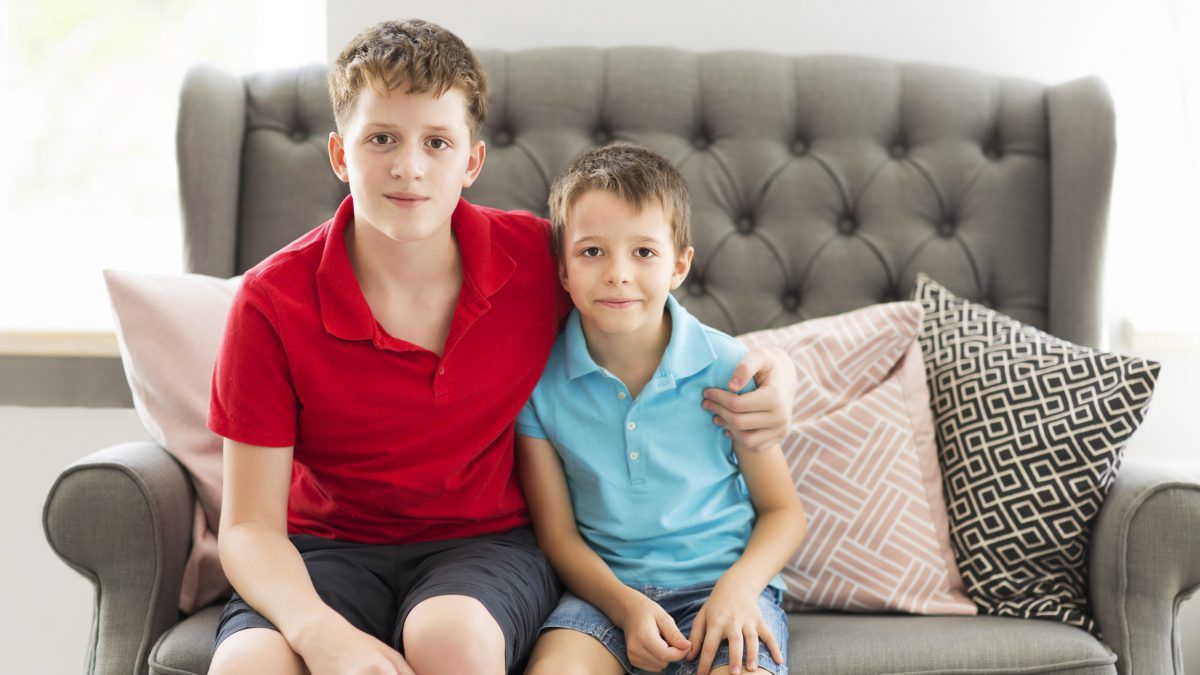Science
Does relative peripheral refraction predict eye growth in children?

In this article:
Changes in peripheral refraction only predict 10% of the variance in central refraction in older children but not younger children.
Title: Association between peripheral refractive error and 12-month changes in central refraction and axial length in Caucasian children
Authors: Rebecca E. Leighton1 , Karen Breslin1 , Sara J. McCullough1 , Patrick Richardson1 , Kathryn J. Saunders1
- Ulster University, Coleraine, Londonderry, United Kingdom
Reference: ARVO 2021 abstract
Summary
There's much evidence for peripheral defocus driving eye growth in animal models. It is a theory of myopia development, progression and control in humans, but building evidence to support the theory has been problematic. Could we measure peripheral refraction to predict children at risk of developing or faster progressing myopia? This study measured central spherical equivalent refraction (SER) and relative peripheral refraction (RPR) in Caucasian children aged 6-7 years and 12-13 years at baseline and again one year later. There was no correlation found between peripheral refraction in the younger group, although none were myopic and only one developed myopia. In the older group, a more hyperopic temporal RPR (at 30 degrees) was found with more central myopia and more myopia progression at 12 months, although RPR only explained around 10% of the variance in SER.
What this means for your clinical practice: the relationship between relative peripheral refraction and on-axis myopia may indicate more a consequence of the myopic shape changes of the eye than a cause of myopia. Perhaps future clinical measurement of RPR in older children may help predict faster myopia progressors, but the contribution of this to overall progression appears to be small.
Abstract
Purpose: Controversy exists regarding the influence of peripheral visual experience on axial ocular growth in humans. This longitudinal, observational study evaluates the relations between baseline relative peripheral refraction (RPR), change in central refraction and ocular biometry in children aged 6-7 and 12-13 years.
Methods: Cycloplegic autorefraction at horizontal retinal eccentricities of 0° and ±30° were recorded from right eyes (Shin Nippon SRW-5000). The Zeiss IOLMaster 700 measured central axial length (AL) and lens thickness (LT). Measurements were repeated after 12-months. Refractive data were transposed into spherical equivalent refraction (SER). RPR was calculated by subtracting central from peripheral SER. Correlations between baseline RPR and 12-month change in central SER and AL were explored. Multiple regression analyses evaluated the hypothesis that baseline RPR predicts central SER change.
Results: Baseline myopia was associated with more hyperopic RPR and baseline hyperopia and emmetropia with more myopic RPR (all negative correlation r/rho >0.325, p<0.074). More hyperopic temporal RPR at 12-13 years was significantly correlated with greater myopic shift in central SER (r=-0.388, p=0.0008) and greater axial elongation (r=0.376, p=0.011) over 12-months. More hyperopic nasal RPR at 12-13 years was significantly correlated with greater axial elongation (rho=0.333, p=0.025) but not with central SER change (r=-0.158, p=0.301). Neither nasal nor temporal RPR at 6-7 years were correlated with 12-month change in central SER or AL (p>0.675). Multiple regression analyses indicated that baseline central SER, nasal and temporal RPR and AL at 12-13 years explained 21.8% of the variance in 12-month change in central SER (r2=0.218, p=0.04) with temporal RPR the strongest predictor of myopic shift (beta=-0.449, p=0.029). Multiple regression analyses suggest neither RPR, AL or LT at 6-7 years are helpful in predicting subsequent 12-month central SER change.
Conclusions: More hyperopic temporal RPR at 12-13 years is associated with greater short-term myopic progression. This relationship is not seen in younger children. These data suggest that temporal RPR may be a useful metric for eyecare clinicians to consider when developing intervention and review plans for teenage children but are less informative when examining younger children.
Disclosures: Rebecca E. Leighton, None; Karen Breslin, None; Sara J. McCullough, None; Patrick Richardson, None; Kathryn J. Saunders, None
Meet the Authors:
About Kate Gifford
Dr Kate Gifford is an internationally renowned clinician-scientist optometrist and peer educator, and a Visiting Research Fellow at Queensland University of Technology, Brisbane, Australia. She holds a PhD in contact lens optics in myopia, four professional fellowships, over 100 peer reviewed and professional publications, and has presented more than 200 conference lectures. Kate is the Chair of the Clinical Management Guidelines Committee of the International Myopia Institute. In 2016 Kate co-founded Myopia Profile with Dr Paul Gifford; the world-leading educational platform on childhood myopia management. After 13 years of clinical practice ownership, Kate now works full time on Myopia Profile.
Enormous thanks to our visionary sponsors
Myopia Profile’s growth into a world leading platform has been made possible through the support of our visionary sponsors, who share our mission to improve children’s vision care worldwide. Click on their logos to learn about how these companies are innovating and developing resources with us to support you in managing your patients with myopia.











